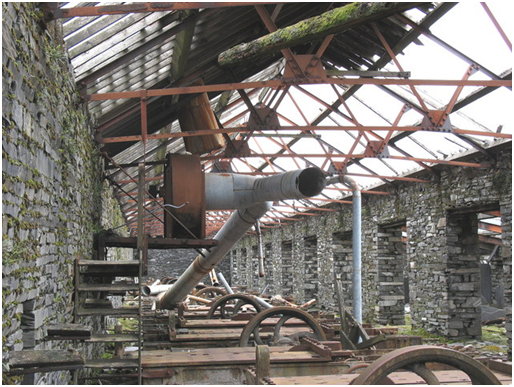If you have a workshop dealing in timber or other materials that create dust when cut, you need to pay serious attention to the removal of dust. All woodworking machinery creates some level of dust, which needs to be removed from a health and safety perspective.

When choosing an extractor, it is important to get the right type for your needs. This means starting out by thinking about the type of dust and other waste produced and then looking at the best way to deal with it; of course, you also need to follow official guidelines. There are strict dust control limits for the woodworking industry that need to be addressed by extraction and the regular vacuuming of floors and machine areas.
Extractor types
Extractors come in a number of different types. Chip extractors remove larger particles; however, due to the way they work, they are not suitable for dealing with fine dust. For this you need a more specialised machine. These usually work on a cyclone principle that separates particles from the air before it passes through a filter.
Vacuum extractors can be used to remove waste from individual machines, such as planers or bandsaws. These are usually fitted with HEPA filters and bags to ensure the safe removal of fine particles.
Whatever type of extractor is used, it is inevitable that some fine particles will be left in the air. To deal with these, a workshop air filter can be left running in the background. These can be mounted in a wall or ceiling, or be free standing units. Remember that the filters need to be cleaned regularly to keep things running at maximum efficiency.

Image Credit
Features to look for
When specifying an extractor, it is important to look at the features it offers. On ducted systems, a ductwork blast gate damper is important for safety. This is available from suppliers such as dustspares.co.uk for both new or replacement systems.
Filters are also essential. These need to be easily cleanable and easy to replace when needed. HEPA (high efficiency particulate absorption) filters will trap particles that you can’t see but are hazardous to health if left uncontrolled.
Dust removal is a complex area, with many things to be considered. Removing dust as close as possible to where it is generated is the best solution.
